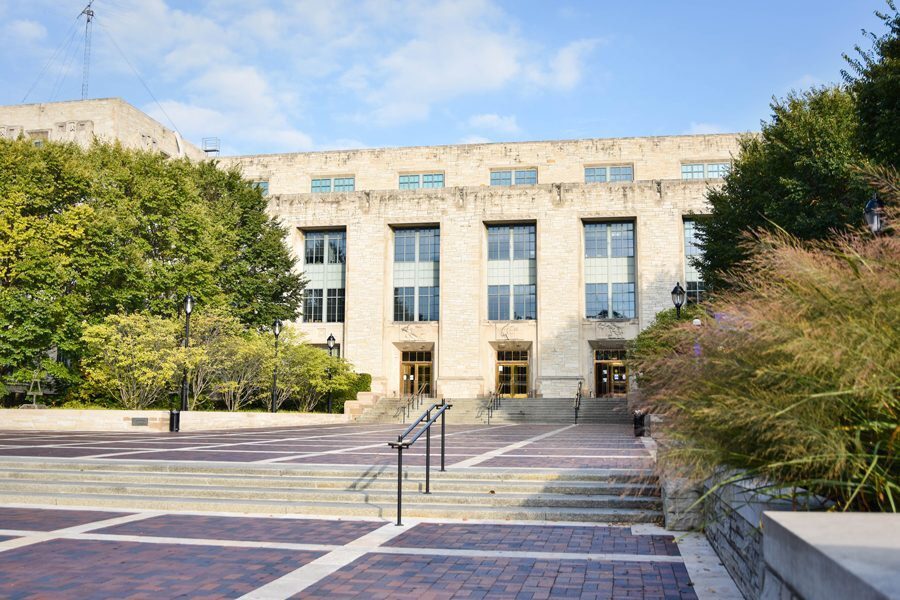Researchers discover distinct neural pathway processes interim light exposure
Daily file photo by Brian Meng
Technological Institute, 2145 Sheridan Road. Researchers at Northwestern made a discovery contending the belief that all light material processes through the suprachiasmatic nucleus.
July 26, 2019
Neurobiologists at Northwestern directly tested how the brain processes short exposure to light and found that acute bursts of light do not interfere with the body’s circadian rhythms.
The study identified that the brain processes short pulses and longstanding light exposure in different areas. Their conclusion contends the widely accepted belief that all light material processes through the suprachiasmatic nucleus (SCN), where the brain synchronizes the body’s sleep cycles.
“If these two effects — acute and long-term light exposure — were driven through the same pathway, then every minor light exposure would run the risk of completely shifting our body’s circadian rhythms,” said neurobiology Prof. Tiffany Schmidt, who led the study.
Researchers found that specialized neurons called intrinsically photosensitive retinal ganglion cells (ipRGCs) carry light information to the brain, rather than the SCN. Schmidt and her team used a genetically modified mouse model without any other brain regions, but the ipRGCs and the SCN. Mice in the study stayed awake after being exposed to short bursts of light during their nocturnal cycle.
“Light at the wrong time of day is now recognized as a carcinogen,” Schmidt said. “We want people to feel alert while they are exposed to light without getting the health risks that are associated with shifted circadian rhythms, such as diabetes, depression, and even cancer.”
Schmidt carried out the study in collaboration with the laboratories of neurobiology Prof. Fred Turek and Samer Hattar, section leader at the National Institute of Mental Health.
It is still unknown which area of the brain processes acute light exposure. As more information is collected, researchers can potentially optimize light exposure and increase attentiveness for individuals that need it, such as nurses and emergency personnel.
The paper, “Distinct ipRGC subpopulations mediate light’s acute and circadian effects on body temperature and sleep,” will be published July 23 in the journal eLife. Alan Rupp, a postdoctoral fellow at the University of Michigan, was the paper’s first author.
Email: ahlaamdelange2019@u.northwestern.edu
Twitter: @ahlaamdelange



